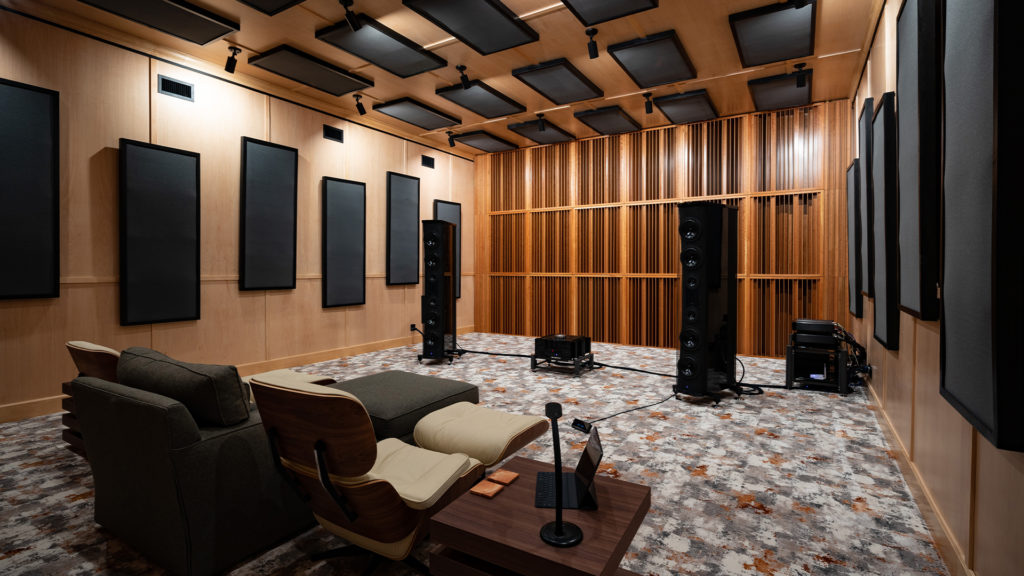
Table of Contents
Unraveling the Audiophile Speaker Spectrum: From Bookshelf to Floor Standing
The search term audiophile speakers has numerous connotations. Audiophile speakers can mean a small bookshelf speaker. An audiophile speaker could mean a large floor standing unit. Audiophile speakers could be about performance and appearance. Audiophile speakers could be about costs and bragging rights. There are many interpretations to this specific search term audiophile speakers. Let’s back up a bit and break the term apart into audiophiles and speakers.
An audiophile is someone seeking a high quality sound from a stereo system. It usually involves two speakers and a single chair. The speakers and listening position forms the apexes of an equilateral triangle. They are all equal distance from each other. This distance spacing between the speakers themselves along with the listening position is a requirement for the reproduction of stereophonic sound.
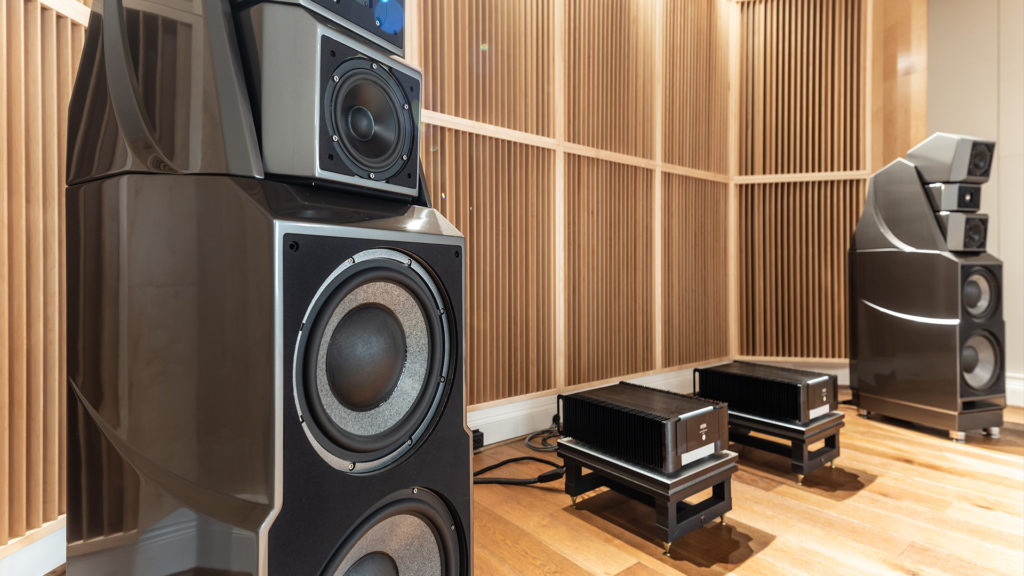
The Audiophile Triangle: Crafting the Perfect Stereo Sound Space
There are many companies that produce audiophile speakers. The sound of the speaker is directly related as to what country the speaker is manufactured within. A British speaker has a different sound than an Italian speaker. American manufactured audiophile speakers have their own sound quality with distinct timbre and tones. Many speaker manufacturers have been manufacturing speakers over long time spans.
There are two, three, four, and five way audiophile speakers. These terms refer to the number of speakers inside each speaker cabinet. Speaker manufacturers choose many different approaches to distribute the musical energy within the room. There are dynamic drivers and horn speaker types. Let’s examine both types as dispersion instruments into our rooms.
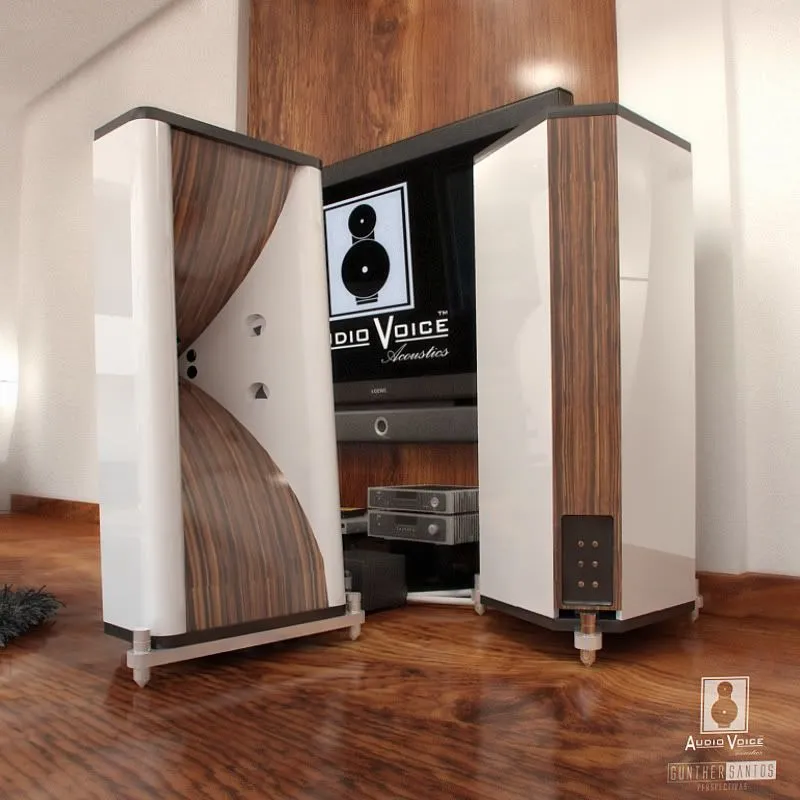
Speaker Manufacturing Nuances: A Journey from Dynamic Drivers to Horns
A dynamic driver is the standard method used today to distribute energy into the room. They are made of plastic and paper.They distribute energy in a focused type array. We see them all the time in audiophile speakers. Horns are dramatically different in their delivery systems. They have a bell shaped face that distributes energy over a broader array across the room.
Each offers the end user a different experience in energy distribution. Horns are popular in theaters where energy distribution over a broader sound field is desired. Dynamic drivers provide a more focused approach and those seeking greater definition tend to gravitate more to dynamic drivers. Both audiophile speaker types have their place in today’s critical listening environments. Now, let’s look at the room in which both of these speaker types are placed within.
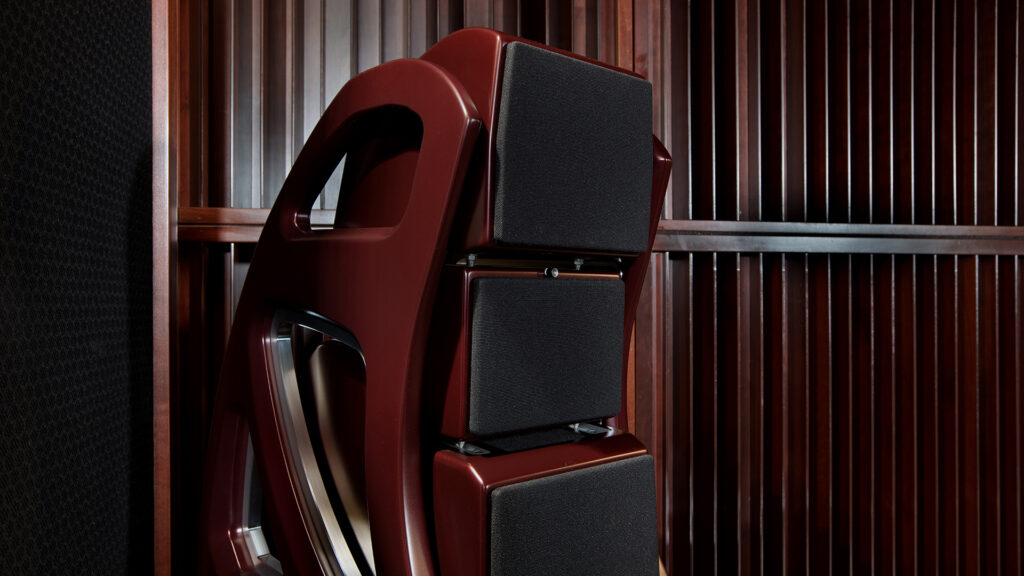
Room Acoustics and Audiophile Setups: Addressing Low Frequency Dilemmas
In any critical listening environment, we have two main issues. We have unwanted, low frequency pressure issues between two, four, and six surface areas within our rooms. Unwanted pressure between the sidewalls, front to rear walls, and floor to ceiling are called axial modes. Axial modes are created by energy that doesn’t fit in the dimension of the room. Sound energy that we hear has different wavelengths. Some wavelengths fit inside our room dimensions and some do not.
A 40 hz. low frequency (bass) wavelength is 28′ long. If the width of your room is 15′, then approximately 50% of that 40 hz. wavelength will not fit. The wavelength will not be allowed for it to live and die on its own volition. The room dimension cuts its life shorter since the 28′ wavelength does not have 28′ space to “live” in. Axial modes exaggerate and attenuate certain octave bands. You can hear too much of a certain frequency range, “bass boom” or you will hear nothing at all. Neither can be part of any critical listening room.
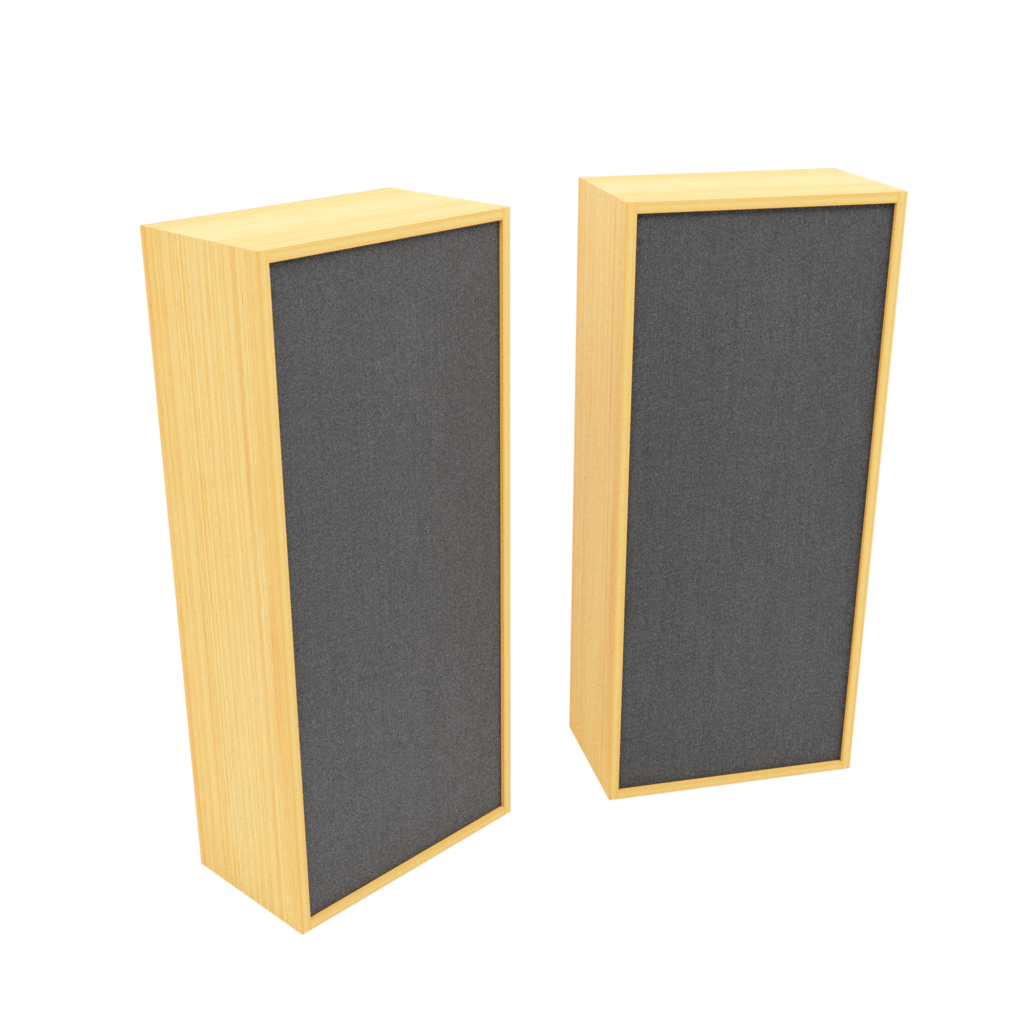
Advanced Solutions for Low Frequency Room Modes in Audiophile Spaces
Pressure small room issues are termed room modes. They can exaggerate or attenuate certain frequencies. They are audible and must be treated. Diaphragmatic absorption is the most powerful of the three main treatment types. When you are dealing with low frequency room modes, you need horsepower.
You need a high rate and level of absorption for every square foot of coverage of the treatment. At Acoustic Fields, we offer two main diaphragmatic absorbers. Our ACDA-12 is our most powerful sponge.It starts at 30 hz. and goes through 50 hz. with a vengeance. See the test data here. Our ACDA-10 units start at 30 hz. and go strong through 300 hz. With our foam technology behind the fabric, we extend the frequency response to 6,300 hz.


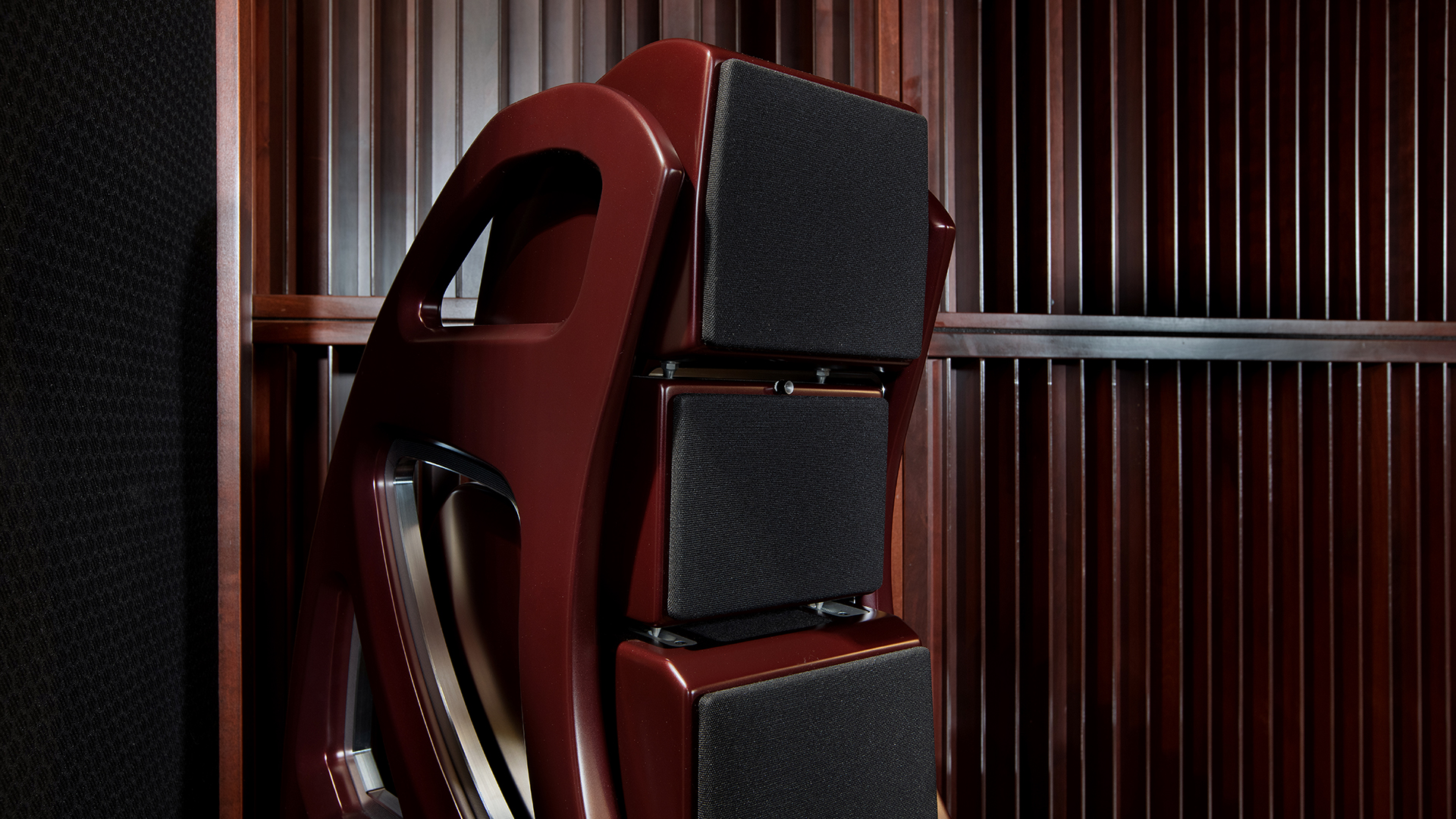





The discussion on ductwork noise transmission from Acoustic Fields highlights crucial aspects of HVAC system acoustics. The movement of air…
Great build plans. thank you Denis
You must use absorption. Never place a chair against a wall.
A friend and I built several diffusors using these plans and they turned out absolutely beautiful. Very good instructions and…